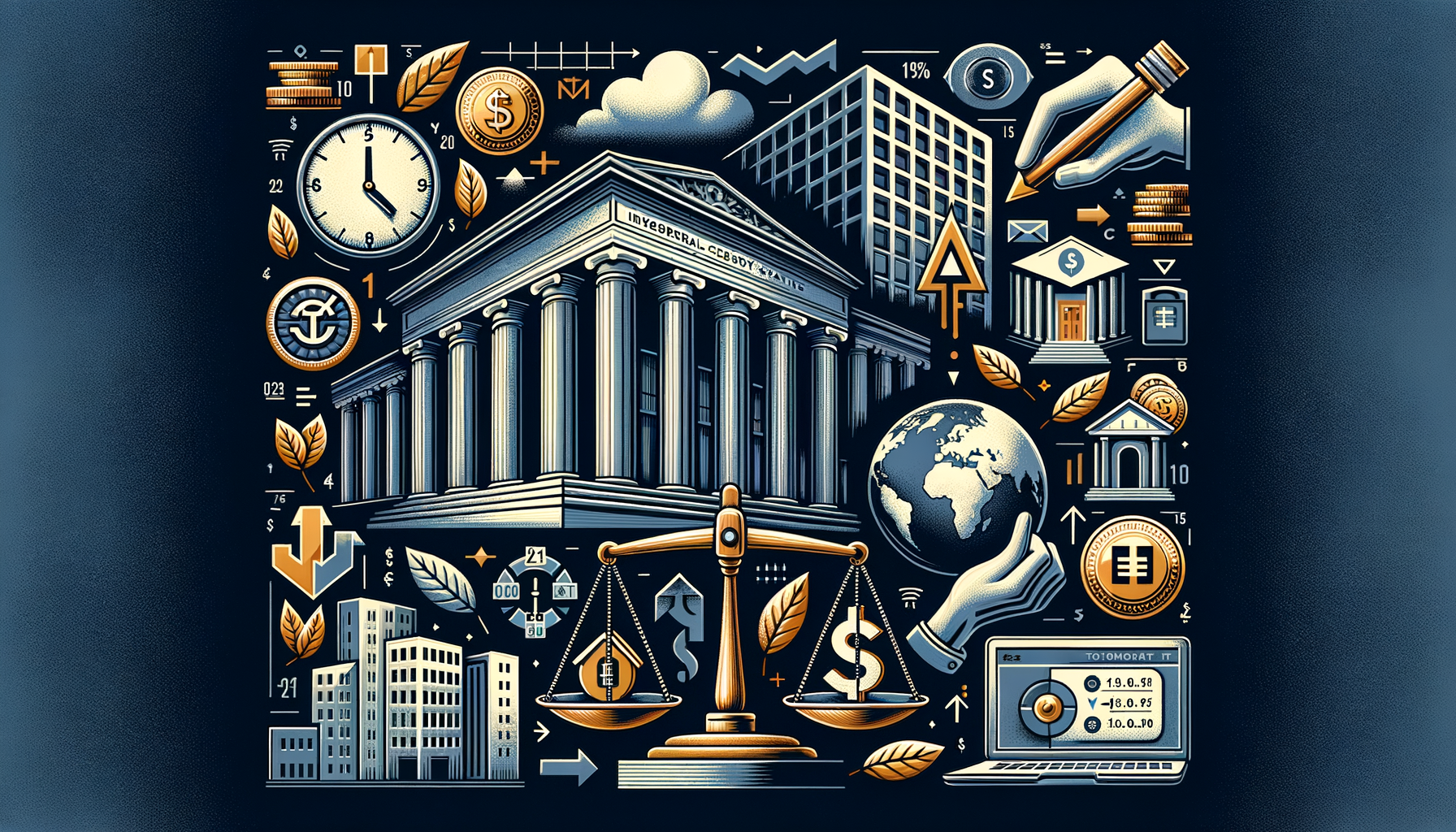“Demystifying the Complex World of Mortgage Rates: A Comprehensive Guide”
### Understanding Mortgage Rate Dynamics
In the complex and often mystifying world of real estate financing, mortgage rates play a pivotal role, directly impacting affordability and influencing both buyer and lender behaviors. Recently, a persistent upward trend in rates has become a significant concern for prospective homebuyers, stirring discussions and analysis among financial experts.
#### The Influence of Economic Indicators
Mortgage rates are invariably linked to a variety of economic indicators, which help guide lending institutions in their rate-setting. One of the most critical indicators is the yield on U.S. Treasury securities, particularly the 10-year Treasury note, often seen as a benchmark that guides mortgage rates. When investors foresee volatility or risk, they tend to move their investments from stocks to bonds, influencing yields inversely with bond prices. As yields decrease, mortgage rates often follow suit, and vice versa.
Inflation is another crucial economic factor with a direct bearing on mortgage rates. Higher inflation usually drives rates up, as lenders need to account for the diminished purchasing power over time. Central banks may also increase short-term interest rates to combat rising inflation, which can influence mortgage rates.
Economic growth indicators such as Gross Domestic Product (GDP) and employment rates also play their parts. In a robust economy, higher demand for homes can drive up mortgage rates due to the increased willingness of people to borrow at higher rates.
#### Recent Trends and Predictions
The past months have witnessed a continuous rise in mortgage rates, reaching peaks unseen in many years. This rising trend is layered with complexities, primarily driven by the aforementioned economic indicators. Current trajectories suggest that if inflation continues to rise, or if the economy shows persistent strength, mortgage rates may see further increments.
However, predicting mortgage rates with precision can be tricky. Though economic indicators provide a framework, sudden geopolitical events or policy changes can turn predictions on their heads.
#### The Impact of Federal Reserve Policies
The Federal Reserve plays a significant role in influencing indirect mortgage rates through its policies. By adjusting the federal funds rate, the Fed aims to control inflation and stabilize the economy. An increase in this rate generally leads to higher mortgage rates, as lenders increase rates to maintain profitability.
The Fed also impacts rates through its bond-buying programs. During economic downturns, the Fed may purchase substantial amounts of securities to keep interest rates low, encouraging borrowing and investment. The tapering of such programs can lead to rate increases.
#### Global Influences
Mortgage rates in the United States do not operate in a vacuum. Global economic conditions and foreign policy can also influence U.S. mortgage rates. Economic turmoil in significant markets or changes in foreign interest rates can drive investment in U.S. Treasury securities, affecting their yields and consequently, mortgage rates.
Additionally, global oil prices and other commodity rates can influence inflation rates, both domestically and globally, further affecting interest rates including those on mortgages.
#### Locking in Rates: A Strategy Amid Uncertainty
Given the volatility and upward trend in rates, locking in a mortgage rate is a strategy worth considering for those close to purchasing a home. Rate locks protect buyers from increases while their loan application is being processed—typically a window of 30 to 60 days. While there could be a fee associated with locking in a rate, it may save costs in the long run if rates rise.
#### The Tech Factor
Technology increasingly plays a role in the mortgage industry, affecting everything from how rates are calculated to how loans are serviced and managed. Innovations in financial technology have streamlined processes, improved rate transparency, and increased competition among lenders, which can lead to more favorable rates for consumers.
Machine learning and predictive analytics are now used to better forecast economic trends that impact rates, potentially offering more accurate rate predictions and personalized lending rates based on individual risk profiles.
#### The Psychology of Buying and Selling in a High-Rate Environment
Understanding the psychology behind buying and selling homes when mortgage rates are high is crucial. High rates can deter buyers, slowing down the housing market. Sellers, in turn, might lower their prices to attract buyers, which can lead to a market adjustment.
On the flip side, the fear of further rate increases might propel hesitant buyers to accelerate their purchasing decisions, trying to “lock in” costs before rates climb higher.
#### Final Thoughts
Navigating the world of mortgages and interest rates can be daunting. Prospective homebuyers must stay informed about current trends and predictions to make educated decisions. Consulting with financial advisors and mortgage brokers can provide personalized insights and strategies tailored to individual financial situations.
As rates continue to fluctuate, understanding the underlying factors influencing these changes and remaining adaptable in your approach can help secure a financial future in the unpredictable terrain of real estate investment.

